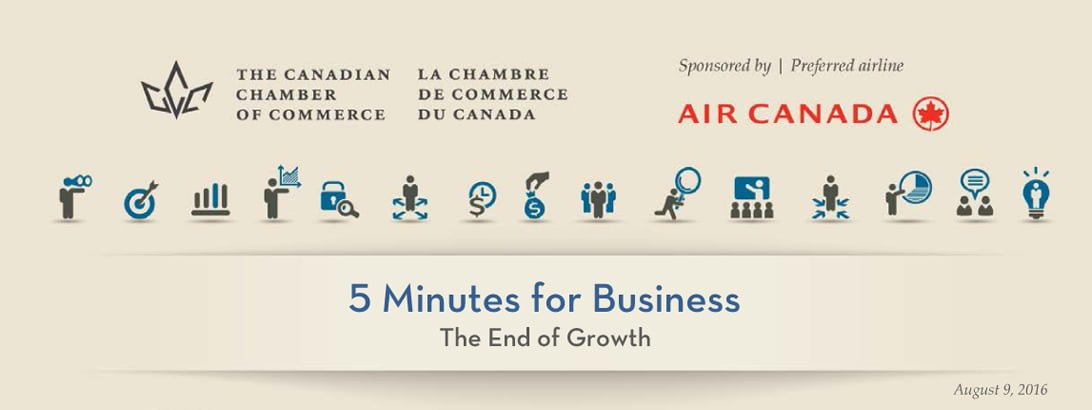It’s August, and everyone’s least favorite summertime ritual is here—it’s the annual revising down of global growth forecasts. The World Bank slashed its outlook for 2016 global growth from 2.9% to an “insipid” 2.4%. The IMF lowered its forecast to 3.2% in a report titled “Too Slow for Too Long”, and the OECD said the global economy is now stuck in a “low-growth trap.”
The trouble is rich countries: they’re just not growing fast enough. From jobs and wages to pension returns and tax revenue, we depend on growth in the 3%-range. We expect it to return and, every year, we’re disappointed.
This is particularly poignant for Canada where the most important issue in last year’s election campaign was whether to balance the budget or spend on stimulus. We now have a $29.4 billion-deficit, and growth has been…not very good. The Bank of Canada just slashed our growth outlook for 2016 from 1.7% to 1.3%, partly because of Alberta’s wildfires, but also because business investment will fall 1% and exports will be essentially flat, rising just 0.3%.
But to be fair, all of the rich countries are stuck in a “low-growth trap.” Europe and the U.S. will be lucky to eke out growth of 1.5% this year. And that’s before the damage from Brexit and the orange-faced, short-fingered presidential nominee weighed on markets.
We have three major challenges. Demography is a problem—we’re getting older, and, in fact, Canada’s labour force will start to shrink next year. Investment has been weak because of global uncertainty. But the biggest disappointment has been productivity. It’s the best way to grow the economy because increasing output per worker is the only way to sustainably grow our wages. And global productivity has plummeted. From 1990 to 2007, it rose by an average of 2% per year in OECD countries. Since 2009, growth has fallen below 1%. U.S. labour productivity rose just 0.6% last year while, in Canada, it edged down 0.2%.
It seems odd in this age of amazing innovation that we have a productivity crisis. We all have supercomputers in our pocket that can access the entire catalog of human knowledge. But do the innovations of 2016 improve our output compared to past inventions such as computers and mass production? If we double the processor speed in your mobile phone and give you access to amazing new software, will you do a better job at work? Or will you go off to catch Pokémon?
And even if we do see a productivity miracle from robots and artificial intelligence, we may not get a big boost to growth. The OECD worries that new technology is driving productivity and wage gains in the highly-skilled part of the labour force. But the automation of routine tasks is pushing down wages of a far greater number of lower-skilled workers.
So how do we break out of our low-growth trap? We have to spend on things that catalyze investment and improve our productive capacity. Canada has to become an innovation superpower to make sure that all those new technologies and jobs are created here. We have to increase investment in skills and education to pull more people into better paying jobs. Finally, infrastructure is critical but only if we invest in projects that have high-growth multipliers such as digital, energy and transport.
Running big deficits won’t generate growth by itself. It would be a shame to spend tens of billions and have so little to show for it.
For more information, please contact:
Hendrik Brakel
Senior Director, Economic, Financial & Tax Policy
613.238.4000 (284) | hbrakel@chamber.ca



